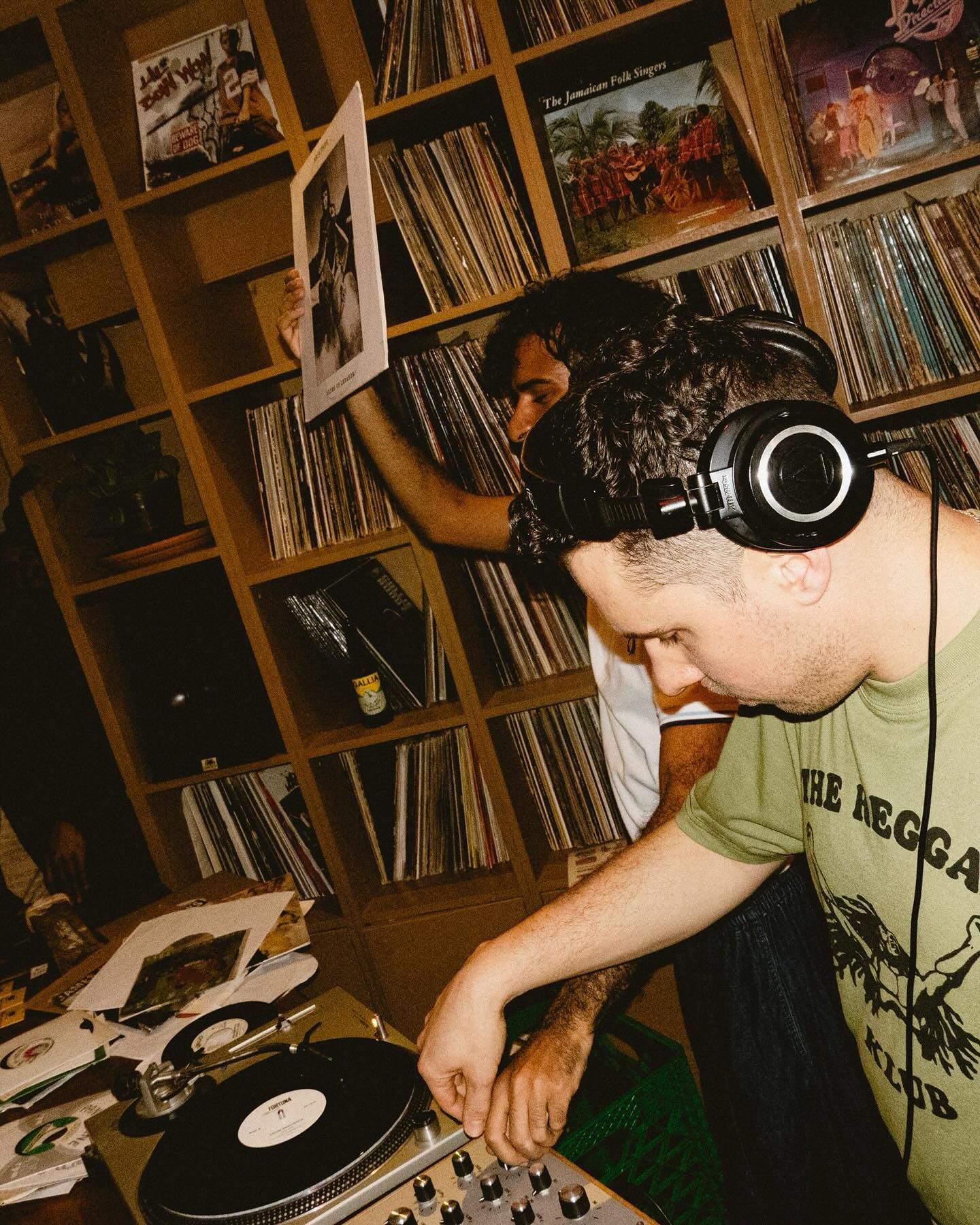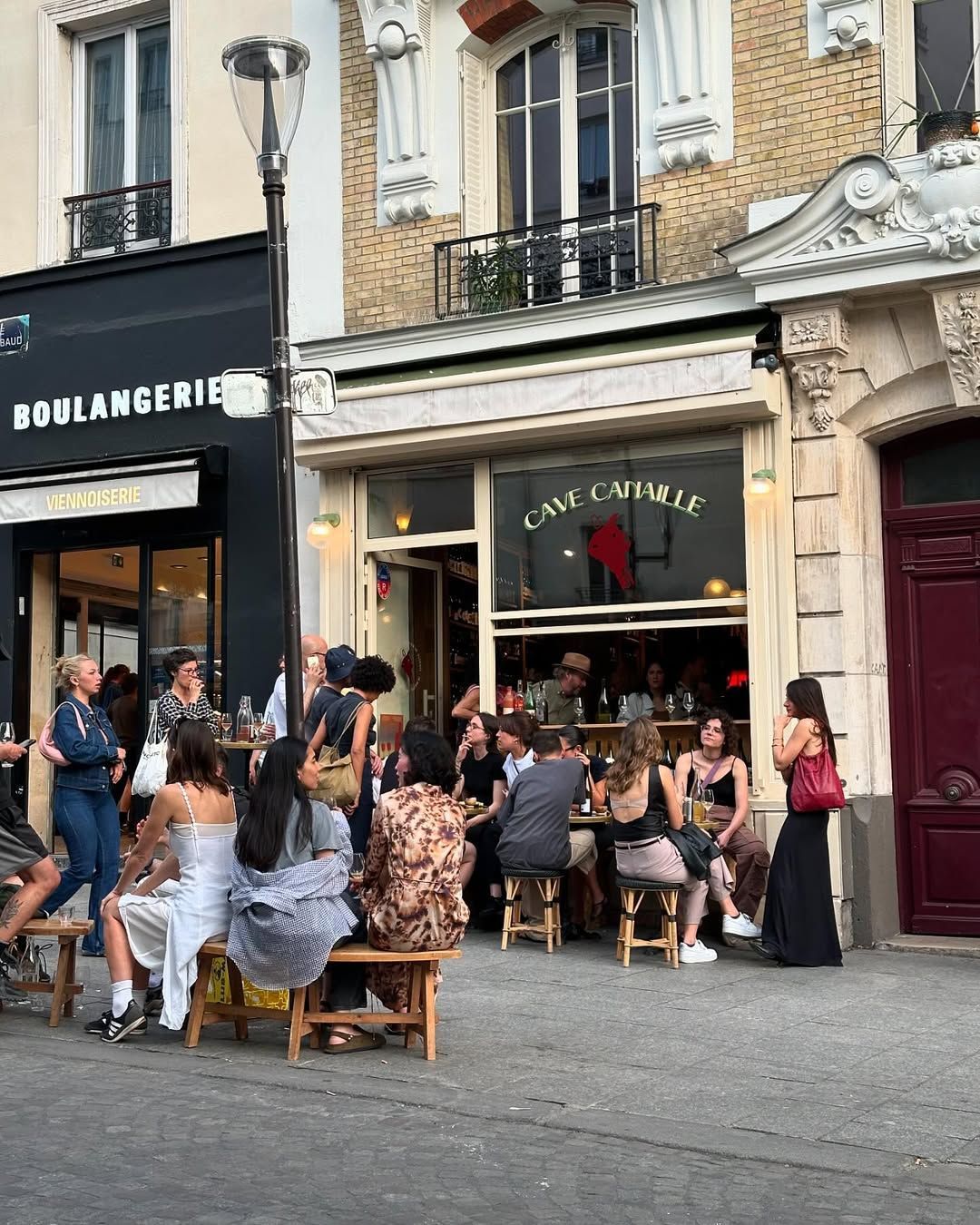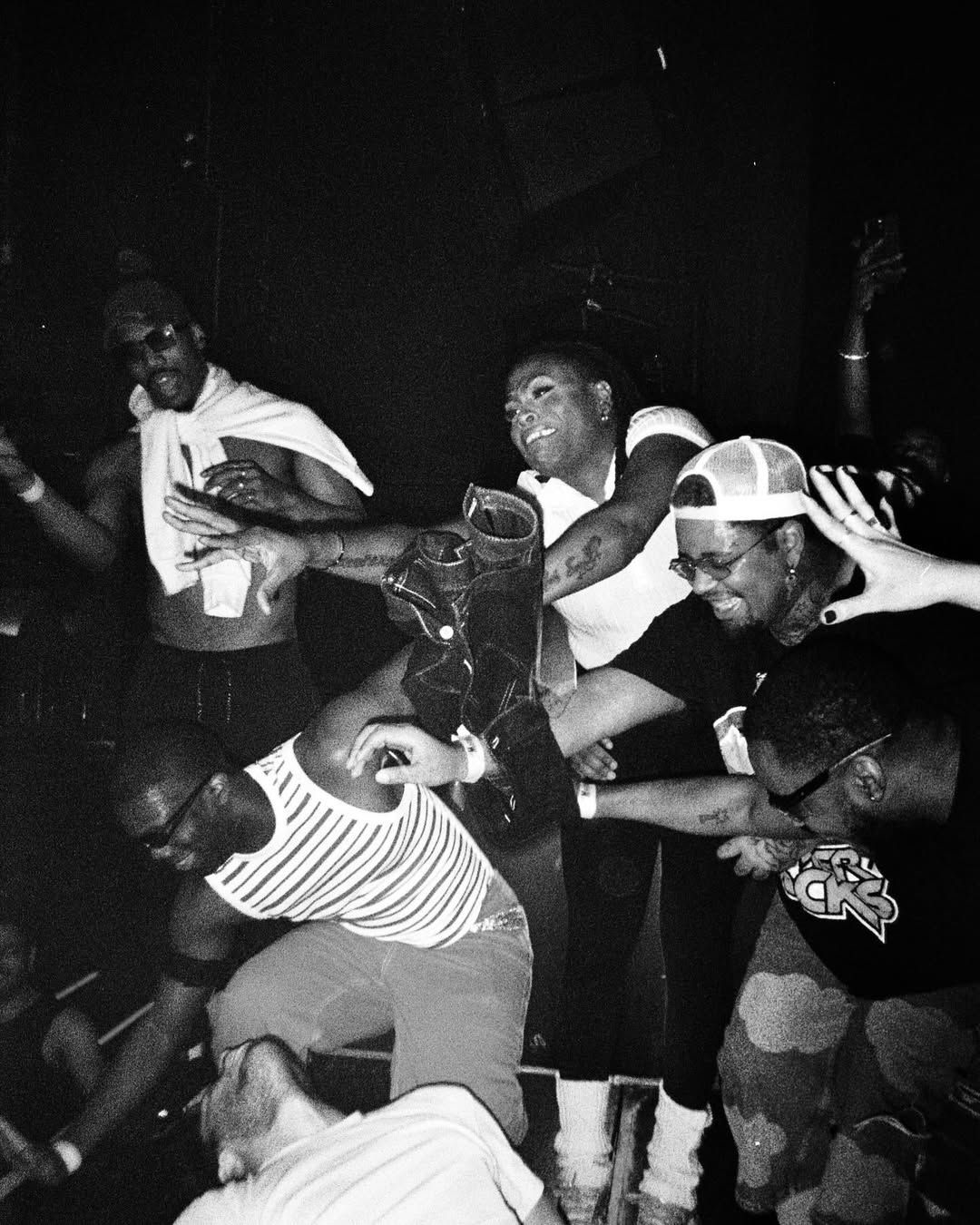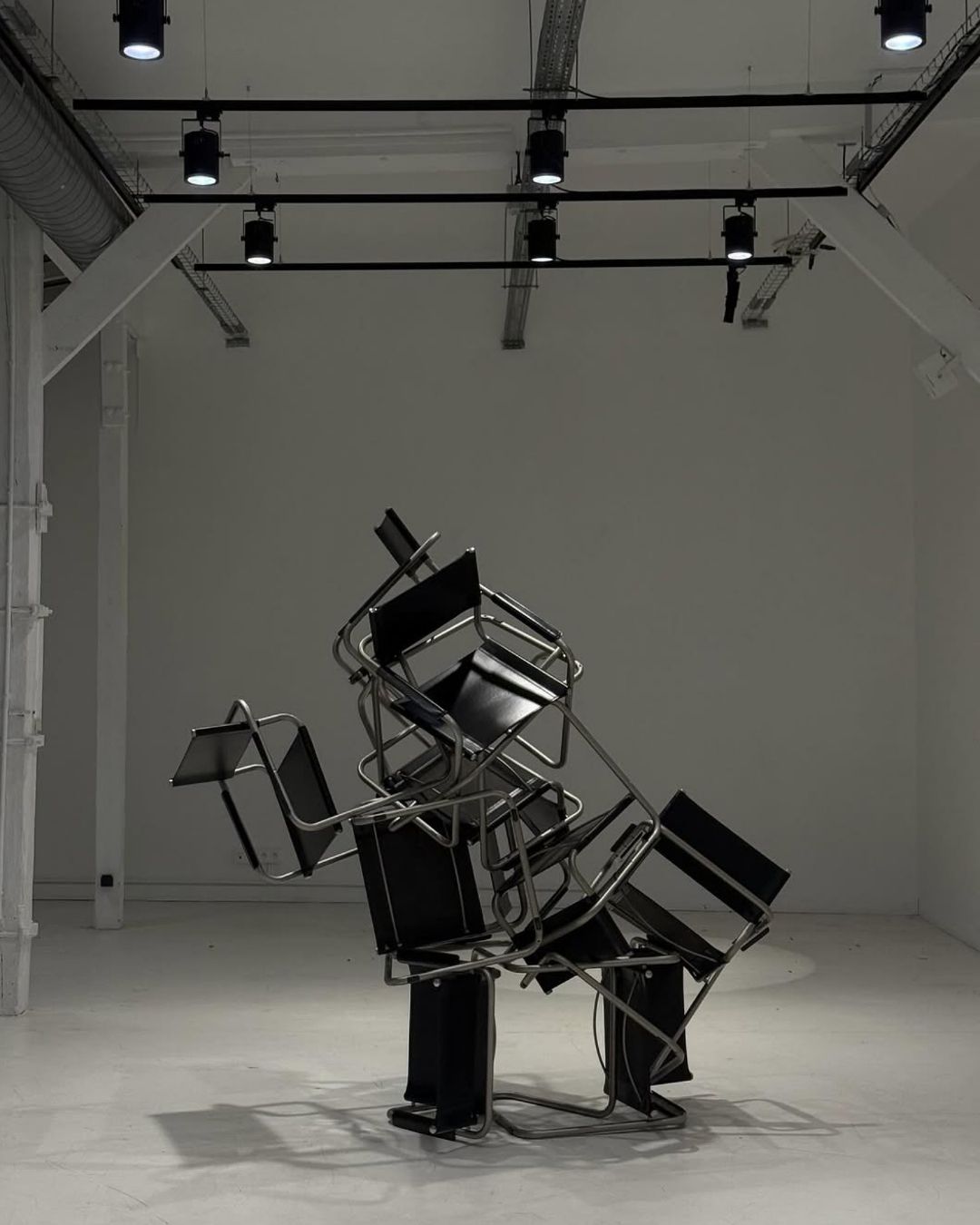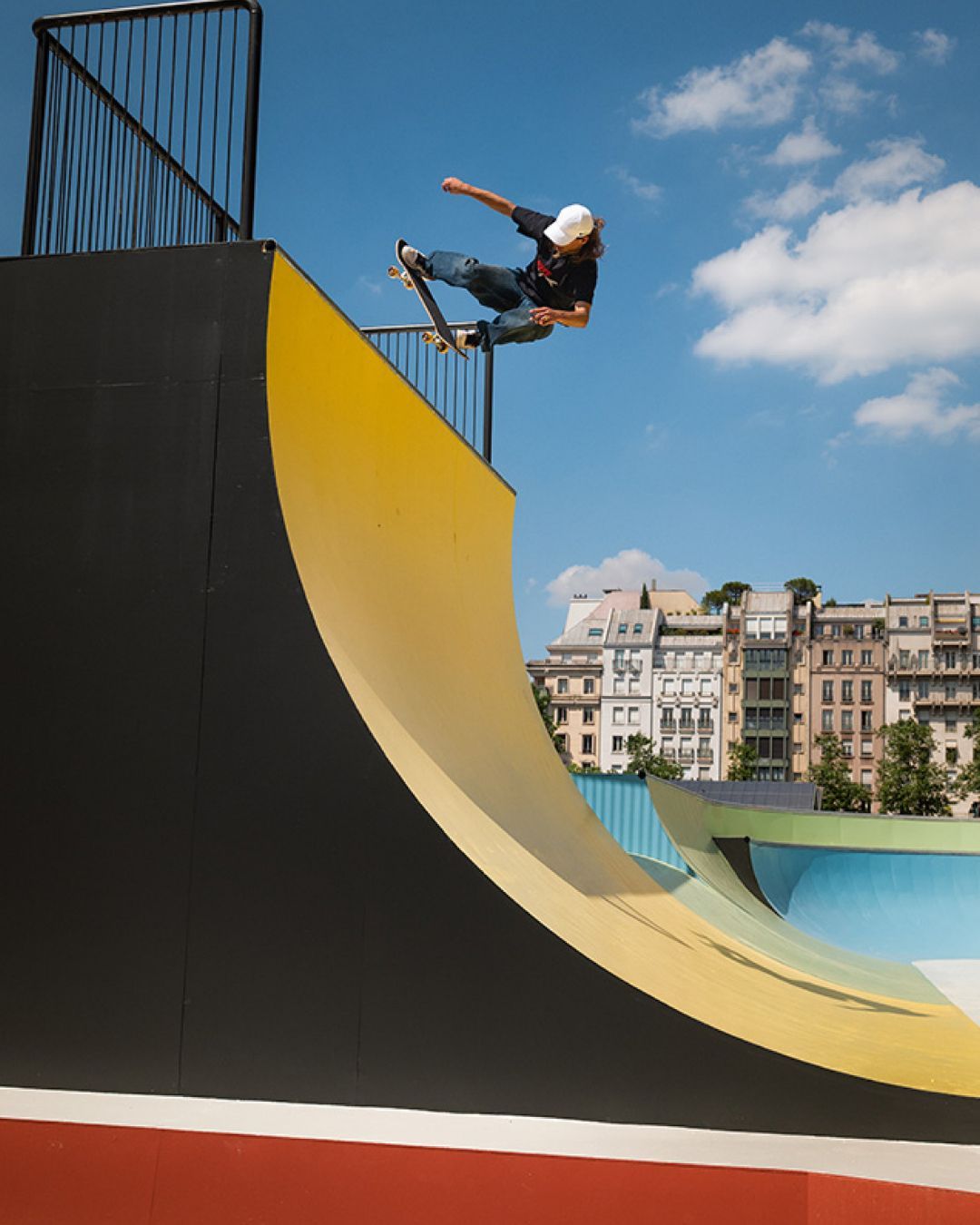
What's a skatepark doing at the Centre Pompidou? Geometric and colorful, it aims to celebrate the presence of skateboarding at the Olympics
At the foot of the Centre Pompidou in Paris, a skatepark has recently been installed, created by artist Raphael Zarka and architect Jean-Benoît Vétillard in collaboration with Nike. The work, called Cycloïde Piazza, with its bright colors and geometric style – somewhat reminiscent of Alessandro Mendini – combines contemporary art and sports: it is part of a series of cultural initiatives organized in Paris for the Olympics – starting on July 26. But it is not the first time that a skatepark has appeared in a museum institution: in 2019, for example, the Triennale di Milano hosted a large skatepark specially designed by South Korean artist Koo Jeong. Cycloïde Piazza – open every day from 11 AM to 8 PM until mid-September – offers numerous ramps across its 600 square meters, as well as steps and podiums where even non-skaters can hang out.
Skateboarding debuted as an Olympic sport at Tokyo 2020: usually, the admission of individual sports to the Olympics represents a true consecration, but for skateboarding, it wasn't entirely so. Its inclusion in the Olympics sparked much debate, particularly among professionals. The spirit of skateboarding is closely tied to street culture, and for a long time, it was detached from the rigid systems that regulate and underpin other sports. The sheer spectacle, for instance, has been and still is one of the core principles of skateboarding. This freedom of expression has been greatly influenced by the design of skateparks themselves, which, upon closer inspection, are very different from one another based on the spaces designed or adapted in various cities, fostering the emergence of different ways of interpreting and practicing skateboarding. The first skaters, for example, practiced mainly in empty pools in California – there were no steps, slopes, or handrails: elements that today characterize many more urban skateparks, and which have influenced skateboarding, making it more technical and paving the way for so-called tricks. This is why skateboarding at the Olympics is divided into two distinct disciplines: there is the «Park» category, with steep and vertical ramps, and the «Street» section, where the competition area has a more urban layout.
The Birth and Development of Skateboarding
In the 1940s and 1950s, surfers in Southern California found themselves needing something to do when the waves weren't high enough: thus, they began sidewalk surfing, with skate prototypes that have become increasingly similar to the boards we know today since the 1960s. From the early days of sidewalk surfing, the community dimension has been a key element in the spread of skateboarding. Sports evaluation and the need to win competitions to establish oneself, for a long time – and in part still today – took a back seat to the public's approval during contests. For decades, skaters were also often viewed negatively, precisely because their activity could potentially be practiced anywhere in the city, without the need for designated spaces, which did not help to establish it as a legitimate sport.
However, over the years, the popularity of skateboarding has continued to grow, and competitions have even made it to television, stimulating the spread of magazines, stores, and events. In the 1990s and 2000s, actual festivals dedicated to skateboarding emerged, and the business volume continued to grow, while still preserving the community aspect that had characterized the practice in previous decades – something that, if you think about it, is not so common in other sports. For this reason, doubts about the inclusion of skateboarding in the Olympics were mainly cultural and strongly felt within the industry. Titus Dittmann, a leading figure in skateboarding worldwide, argued that the Olympics would end up transforming this youth culture into a mere competitive sport. «Young people set themselves goals, such as creating a certain trick. And they do it just for themselves, not for dad, mom, or the coach. And when they manage to master that trick, they experience an incredible euphoria, which has a positive effect on their self-esteem. Suddenly, however, it will just be about being better than someone else». Other important figures – including Tony Hawk, one of the most famous skaters in the world – emphasized that the presence of skateboarding in the Olympics would further promote the spread of this practice worldwide, but noted that in such circumstances, one could not expect the typical atmosphere of festivals and non-institutionalized competitions.











































